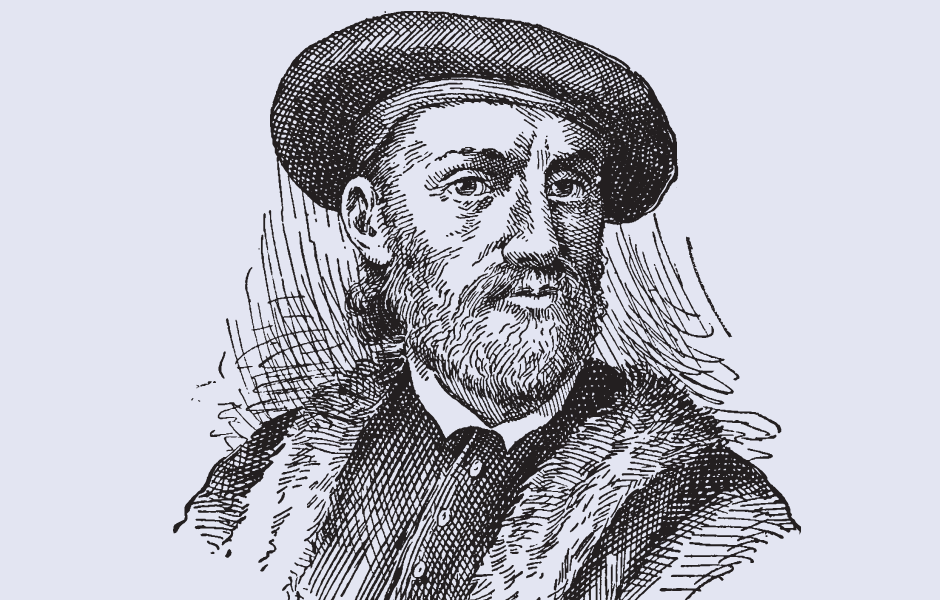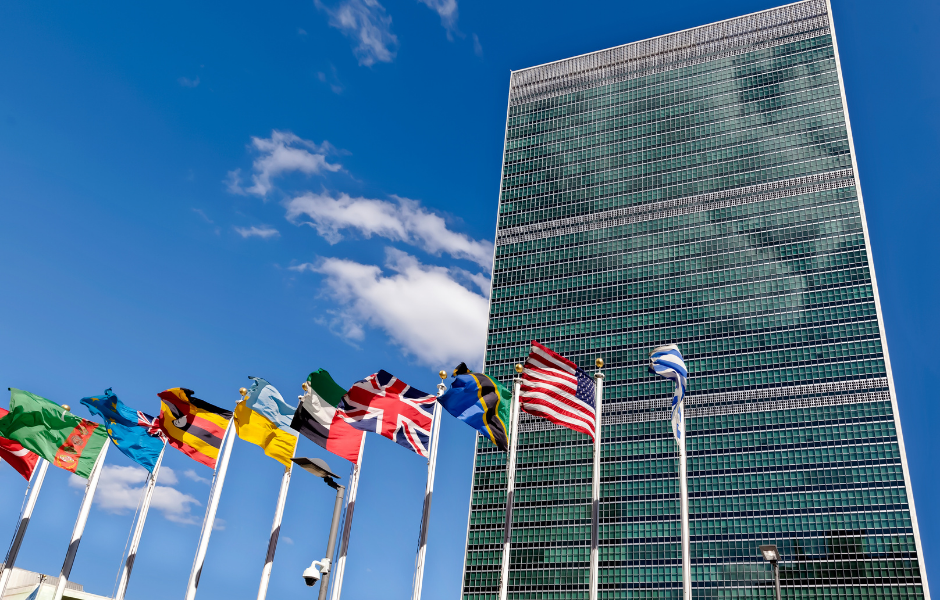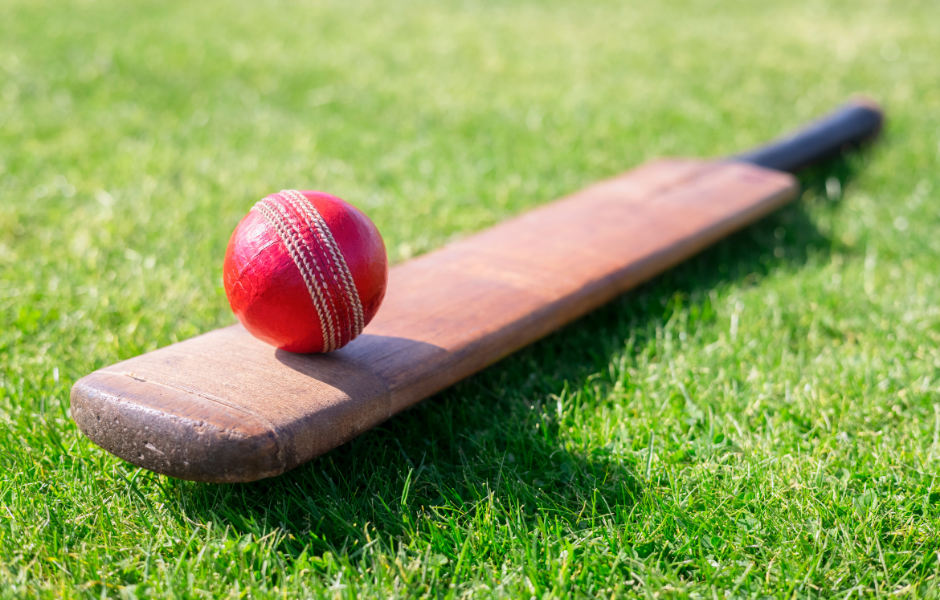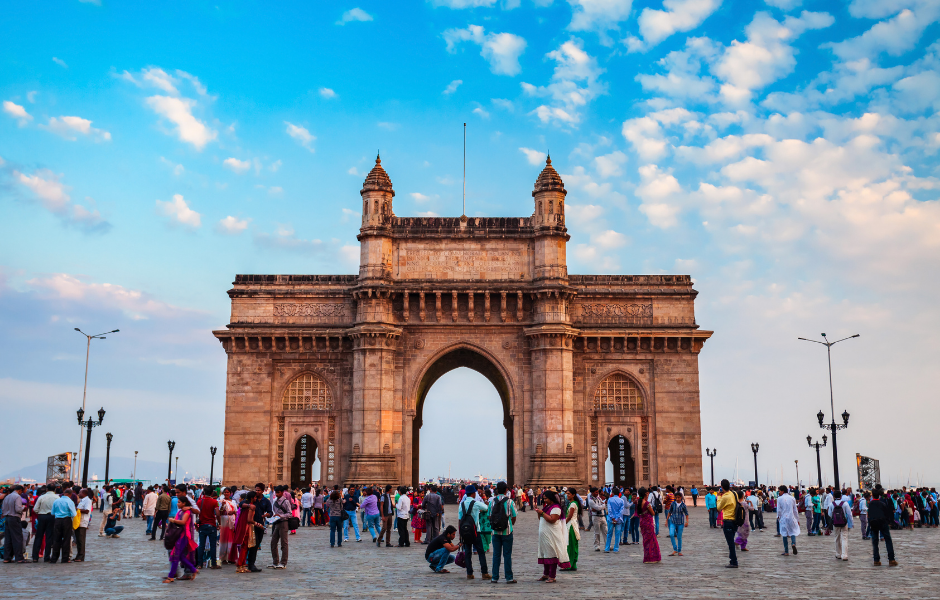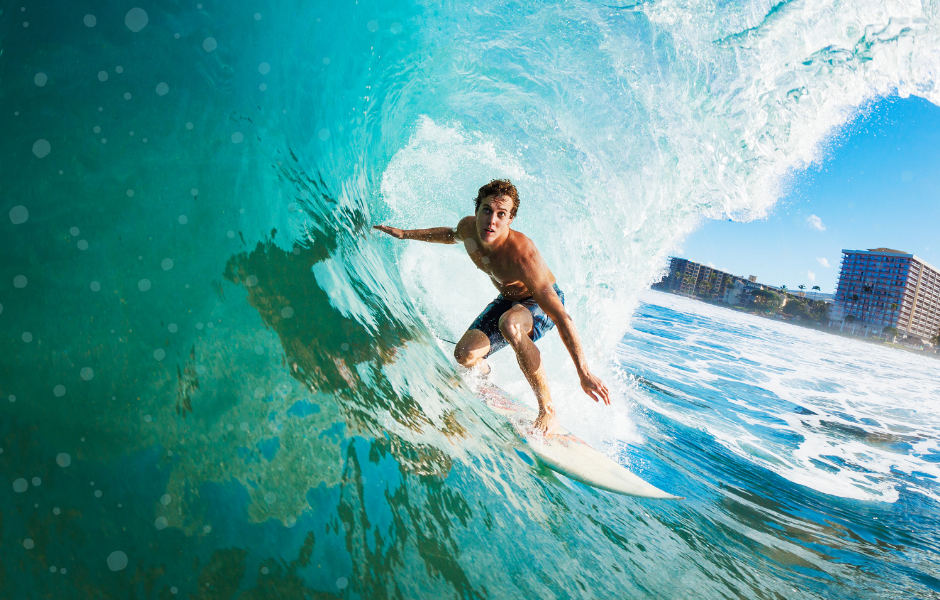
This children’s article, A kids’ guide to surfing: From ancient waves to modern moves, has been written for native English speakers and learners of English as a second or foreign language. It can help children build vocabulary, learn about the sport of surfing, and discover how it has changed over time. Written by Mark Pulley, a teacher and writer who creates fun and informative news articles for English learners.
Surf’s up!
Surfing is one of the coolest sports on the planet. It’s all about riding ocean waves by balancing, turning, and gliding across the water. But did you know people have been doing it for over 1,000 years!
Let’s dive into the history, gear, and culture of this amazing wave-riding sport.
Where it all began
Surfing started in the warm waters of the Pacific Ocean. The first surfers were Polynesians, people from islands like Hawaii, Tahiti, and Samoa. Long before it became a sport, surfing was part of their culture. It wasn’t just for fun; it showed skill, strength, and even leadership.
Hawaiian chiefs surfed on massive wooden boards, sometimes longer than a car! They called it “he’e nalu,” which means “wave sliding.”
When European explorers arrived, they were amazed by the sight. But surfing almost disappeared when outsiders changed Hawaiian traditions. Luckily, in the 20th century, surfing made a comeback and is now popular all over the world. Famous surfing destinations include Australia, Bali, Brazil, Portugal and California.
Different boards for different styles
Today, surfers use all kinds of boards. The most common types are:
- Shortboards: Fast and easy to turn. Great for doing tricks.
- Longboards: Big, smooth, and easier to ride. Perfect for beginners.
- Bodyboards: Smaller boards used while lying down.
Each board style suits a different kind of wave and surfer.
Surfing around the world
Surfing is now a global sport. From Australia to California, Brazil to Portugal, people ride waves wherever they can find them. Surfing became an Olympic sport in 2021, and there are big international competitions like the World Surf League (WSL).
Some of the world’s top surfers include Kelly Slater, Carissa Moore, and Gabriel Medina.
Talk like a surfer
Surfers have their own language. Here are a few popular words:
- Gnarly: Something difficult or dangerous
- Wipeout: Falling off your board
- Stoked: Super excited
- Barrel: When the wave curls over you
- Hang ten: Standing with all ten toes on the front of the board
So if you ever hear someone say, “That wave was gnarly, but I’m stoked!”, you’ll know what they mean.
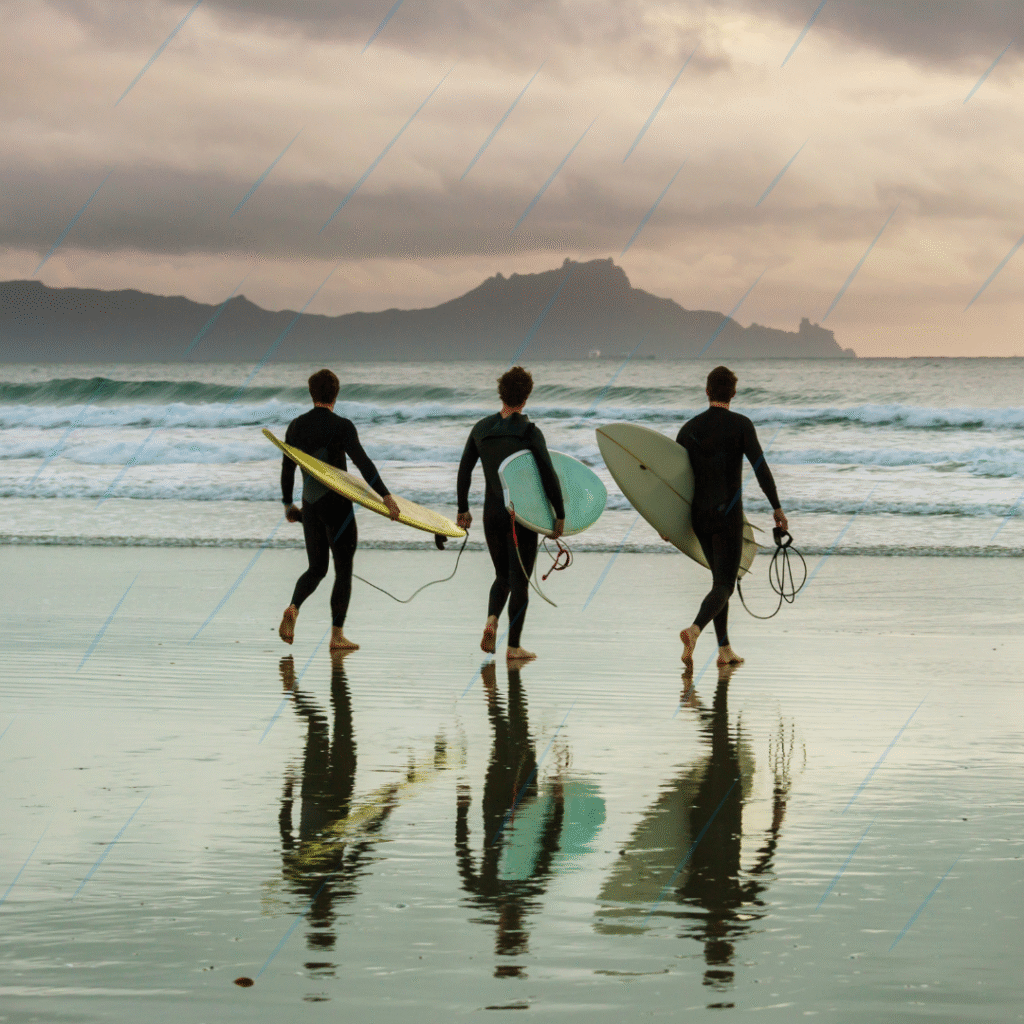
Article vocabulary list
- Polynesians: People from the islands in the Pacific Ocean, like Hawaii and Tahiti
- Culture: The way of life, beliefs, and traditions of a group of people
- Comeback: When something becomes popular again after disappearing
- Shortboard: A small surfboard used for fast and tricky surfing
- Longboard: A longer board that’s easier to balance on
- Olympic: Related to the world sports event called the Olympics
- Competition: A contest where people try to win
- Wipeout: Falling off your surfboard
- Stoked: Really excited
- Barrel: The round tube shape of a breaking wave
Comprehension questions
Just click the plus (+) to see the answer
1. Where did surfing begin?
A) Africa
B) Polynesia
C) South America
Answer: B) Polynesia
2. Which of these is a surfing competition?
A) World Surf League
B) Wave Masters Cup
C) Ocean Race
Answer: A) World Surf League
3. What did ancient Hawaiians call surfing?
A) Wave dance
B) Sea walking
C) He’e nalu
Answer: C) He’e nalu
4. What kind of board is best for beginners?
A) Shortboard
B) Longboard
C) Bodyboard
Answer: B) Longboard
5. What does “wipeout” mean?
Answer: Falling off the board
6. What happened to surfing after outsiders came to Hawaii?
A) It got even more popular
B) It nearly disappeared
C) It turned into swimming
Answer: B) It nearly disappeared
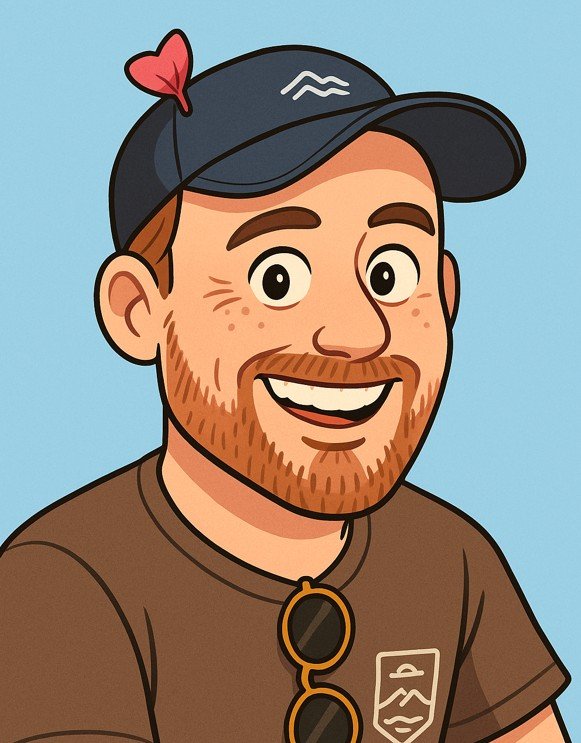
Mark is a writer and EFL teacher from England with eight years’ experience. He’s passionate about travel, sport (especially football), animals, nature, and history, and enjoys helping children explore the world through language and learning.

